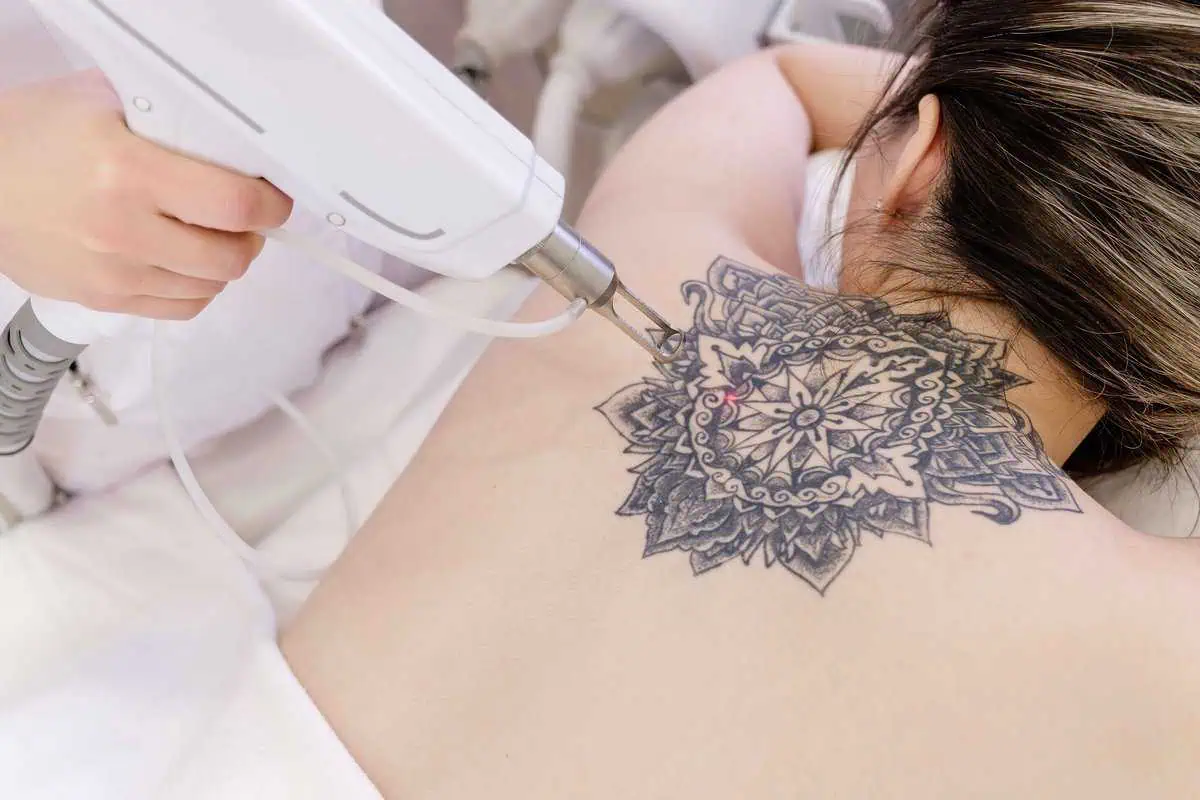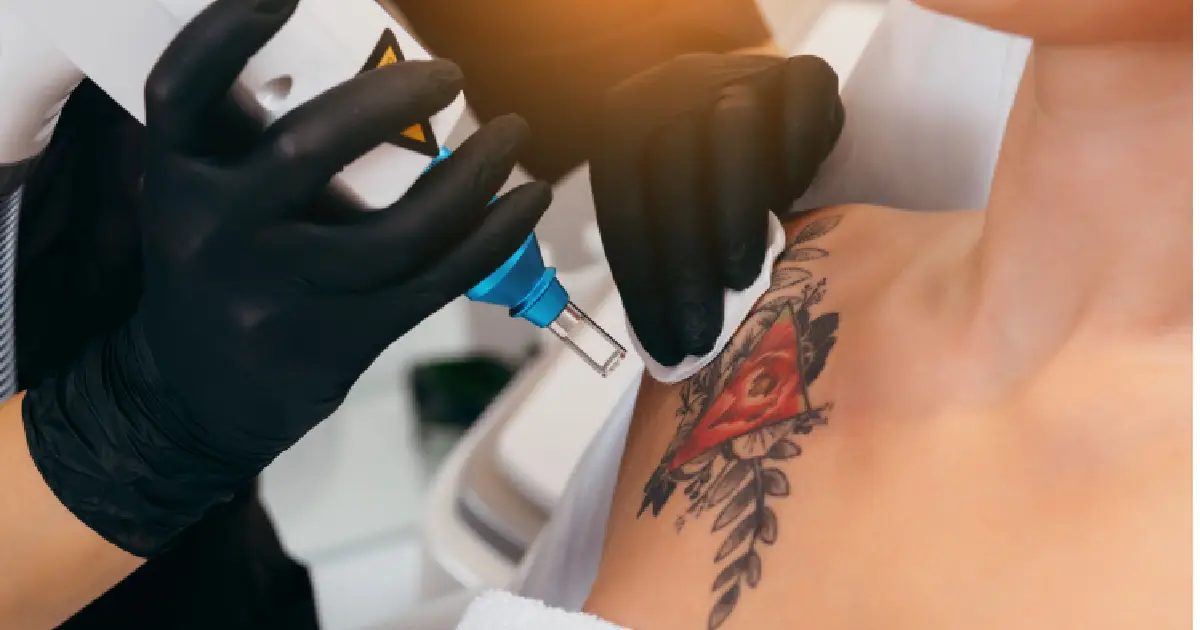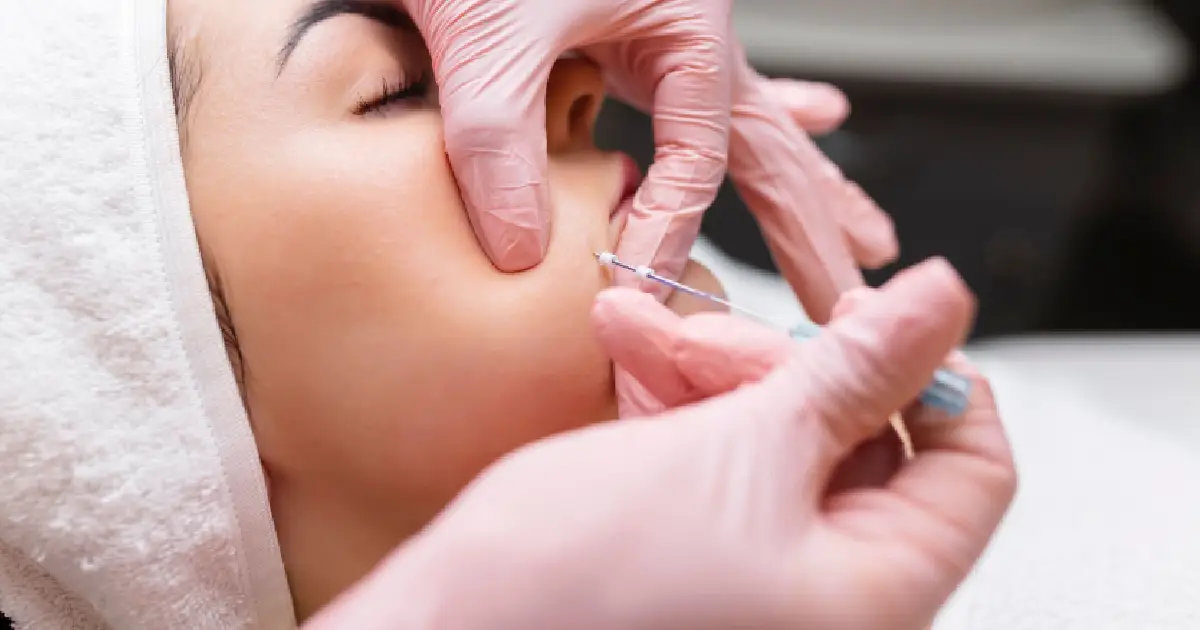On another pass with the hairbrush, another bundle of hair strands comes off, and yet another area of the scalp becomes visible. This scenario is likely all too familiar to you if you are one of the million adults in the United States who struggle with androgenetic alopecia—also known as male and female pattern baldness. Fortunately, there is a hair restoration treatments now available for you.
Loss of hair and thinning hair are widespread issues affecting people of both sexes. Approximately 50 million men and 30 million women have experienced at least some hair loss. After 50 or as a consequence of stress, it happens to a disproportionately high number of people.
In addition, there are hundreds of different treatments for hair loss, each with a different level of dependability and success. However, the scientific foundations of some are significantly more robust than those of others. In this blog, we are proceeding to look at one of these options, PRP hair restoration treatment, and see if it works.
What Is PRP Hair Restoration?
PRP stands for platelet-rich plasma, which is a substance that is extracted from your blood and then injected into your scalp. This substance is said to help heal damaged tissues throughout the body, including the hair follicles.
PRP is pulled from your blood using a mechanism similar to a centrifuge, which can isolate the essence from your blood and increase the levels of specific proteins that promote healing. PRP is then used to treat various conditions.
Thanks to its versatile feature, platelet-rich plasma (PRP) can potentially be used on its own to treat osteoarthritis and other tendon injuries. Injections of platelet-rich plasma (PRP) are another potential treatment for androgenic alopecia, according to research (male pattern baldness).
Let’s get into what the analysis says about the success rate of PRP treatment for hair loss, whether PRP has any adverse effects, and what kind of results you can anticipate from using PRP.
What Happens During The Procedure
Platelets, which are cells that aid in forming blood clots and support the healing process, make up a large portion of PRP. PRP is a liquid made by centrifuging platelets taken from the patient’s own blood and concentrating them. And when the healing and recovery properties and growth factors are preserved through PRP, which, when injected, allows the hair follicles to produce new hair.
Microneedling will also be used along with the PRP hair restoration to stimulate deep-scalp cells to produce new hairs, which causes micro-injuries to the scalp. These micro-injuries activate the body’s healing processes and improve the effectiveness of PRP treatment.
Microneedling, And Then PRP
Before the PRP procedure, your provider will perform microneedling on your scalp or head. To boost fibroblast operation and increase blood flow, this will cause micro-injuries on your skin.
After the microneedling procedure, your provider will begin injecting your blood into the PRP formula. The PRP contains extra growth factors that your scalp can use to promote hair regrowth.
The PRP’s effects are boosted only when microneedling is used. Because of the increased blood flow and fibroblast activity brought on by the PRP treatment, the treatment spreads more widely.
As a result of this, PRP treatment can be used to stimulate hair follicle growth. Microneedling, on the other hand, stimulates the tissue beneath the hair follicles, resulting in thicker, faster hair growth. This is the best of both worlds.
What Do The Studies Say About Its Effectiveness?
There isn’t enough evidence to say that PRP can help you grow new hair or preserve the hair you already have, and that’s the short answer to this question. Even if it doesn’t work 100% of the time, it’s still worth a try because it works most of the time. PRP and hair loss research has yielded some promising results, and here is what science has to say about it:
- PRP injections twice a week for three months resulted in an average increase of 71 to 93 follicles in 11 men and women with androgenic alopecia, according to a 2014 study. PRP may boost the number of hair follicles that vigorously reinforce healthy hair, but this study is too small to draw any immutable conclusions.
- PRP injections were given to ten people in 2015 over three months, and the results showed an increase in the number of hairs and thickening and strengthening of the hair roots. The findings of this study support the findings of previous studies on PRP and hair loss. A sample size of just ten people is too small to be conclusive, though.
- For six months in 2019, researchers analyzed two groups of people who used different hair treatments. Minoxidil (Rogaine) was used by 20 people, while 20 people in the other group used PRP injections. PRP outperformed Rogaine in treating hair loss in the 30 participants who completed the study. However, the study also found that the number of platelets in your blood can impact how well your own plasma treats hair loss. If your blood platelet count is low, PRP may not be as beneficial for you.
There isn’t much research on PRP for hair growth outside of treating male pattern baldness, and what little it isn’t conclusive. So, what’s the big deal? Hair regrowth is thought to be aided by the proteins in PRP, which are thought to perform various functions. PRP’s main feature is enhancing the body’s natural healing process and encouraging cell growth.
Some promising research suggests that PRP may also be effective in treating other forms of hair loss.
Risks And Side Effects
PRP injections and the technique itself may cause some side effects, such as:
- Nerve injury
- Injections in the injection areas
- Scars
- Blood vessel injury
Takeaway
There’s some exciting research behind PRP for hair loss. Many studies have been conducted in small groups of 40 or fewer participants. The results may or may not work for everyone, so we can’t say for sure.
In addition, your blood may not contain enough platelets to fully restore your hair through PRP injection therapy if you are using your blood. If you are unsure how to proceed with the treatment, contact and seek consultation at our Northwest Beauty and Wellness clinic. We also off various services that help address other concerns too.





